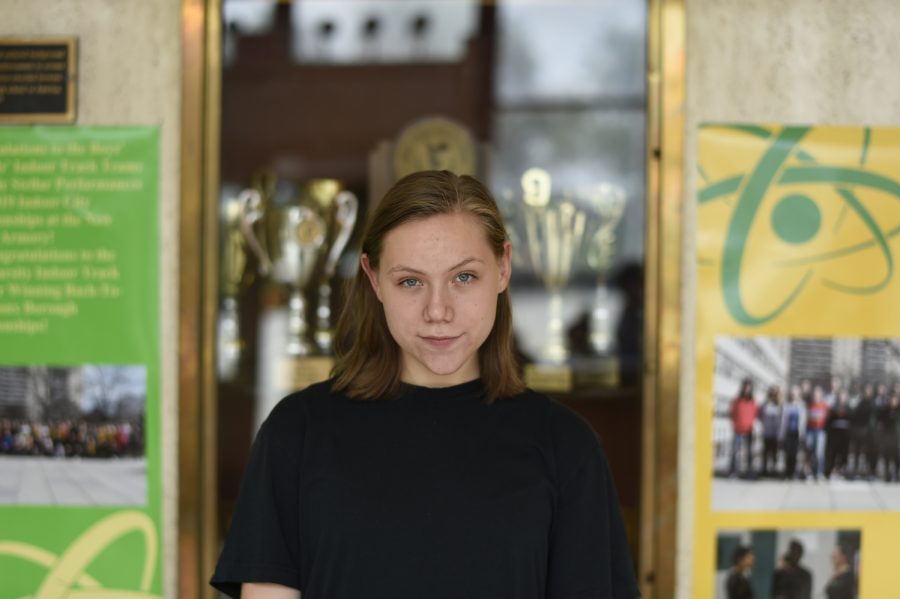New York City’s Schools: Still Separate and Unequal
On the sixty-fifth anniversary of Brown vs. Board of Education, consider what has not changed.
Ula Pranevicius ‘20 is a powerful force in the student-led fight for integration within the NYC public school system.
Sixty-five years ago on May 17th, the Supreme Court reached a verdict on one of the most monumental judicial cases in American history. At the dawn of the civil rights movement, Brown vs. Board of Education set a legal precedent for racial integration in education. Sixty-five years later, separation and inequality pervade through American schools.
Segregation did not die with its legal abolition in the 1960s, nor is it an issue contained within a select few antiquated states today. New York is the most diverse city in the country; and yet, according to a UCLA study, our ‘melting pot’ of a city holds America’s most segregated school system. The Big Apple is far from the crown-jewel of racial progressivism that we hold it to be.
Indeed, this fact is most glaring when we discuss the city’s specialized high schools: though African-American and Latinx students make up over nearly 70% of the city’s student population, only 10% of specialized high school offers are extended to these students, since admission is based solely on the SHSAT exam. This alone is a disheartening statistic, yet the specialized high schools only touch the surface of our city’s systemic segregation.
Our inequality is one rooted in economic stratification, perpetuated by social complacency, and systematized by corrupt politics. Within the segregated delineations of neighborhoods, the funding that schools receive is determined largely by the amount of wealth that is already present. Across the country, majority non-white schools receive $23 billion less in funding than white schools. Within our own city, the differences between majority white schools and majority non-white schools are stark. Many of the lowest-quality schools in the city, which are disproportionately attended by African-American and latinx students, lack the basic educational “luxuries” that we take for granted, which result in devastating consequences for those who attend.
In the Bronx — the borough with the highest concentration of African-American and Latinx residents — only 21% of students passed the state math test; this is the lowest percentage of any borough by a margin of 17 percentage points. Only one in every five African-American and Latinx students are deemed “college-ready” after four years of high school. And the lowest quintile of schools — disproportionately attended by African-American and Latinx students — have four-year graduation rates of 50% or less. Public schools, as of now, are our city’s most effective enforcers of social class stagnation.
“Education is at the heart of an equitable and democratic society, and segregation threatens that,” said Ula Pranevicius ’20.
Knowing this, we must waste no time in our pursuit of educational equity. Sixty-five years have passed already, and the problem festers. Mayor Bill De Blasio has recently announced the adoption of sixty-two promises aimed at tackling the problem, yet these steps are mere goals that provide no sound method for achieving equity.
When we preach for simplified solutions like De Blasio’s several small-scale programs, not only are we ignoring the impossible complexity of the problem at hand, but we are also further perpetuating the notion of ‘separate but equal,’ because while the mayor’s attempts touch at the subject of resource distribution and leveling educational quality, they fail to address the root of our system’s inequity, which is segregation.
Only when the interests of privileged New Yorkers intersect with the interests of our city’s marginalized African-American and Latinx communities will our schools be equitable. Indeed, what our city truly needs is widespread, systemic policy change that boldly aims at tackling segregation. Until then — until we integrate — we ought to get used to the shame of being America’s crown jewel of racial inequity.
And yet, in spite of this seemingly desolate reality, students across the city are fighting for change. Most recently, a student-led coalition called Teens Take Charge organized a rally for school integration on June 6th, 2019 that drew in a crowd of hundreds of students from across the city. Even students within Bronx Science are pushing for what they deem is our city’s most pressing issue.
Ula Pranevicius ’20, an active member of Teens Take Charge, had a role in the success of the June 6th rally. In the face of political resistance, students like Ula refuse to abandon the fight. “Education is at the heart of an equitable and democratic society, and segregation threatens that,” Pranevicius said.
If the passion and dedication of those pushing for integration are any indication of the movement’s future success, then equity is on the horizon. Until then, students will tread forward in the fight for equal education. In doing so, we step closer towards the realization of our colorful city’s greatest potential.
Cameron Leo is an Editor-in-Chief of ‘The Science Survey’ and a Student Life Reporter for ‘The Observatory.’ Cameron has always loved to write,...











